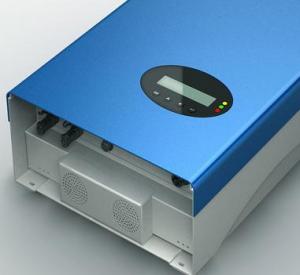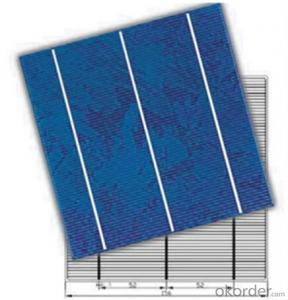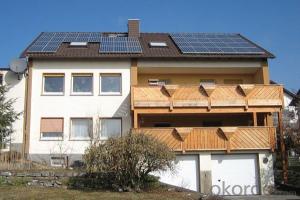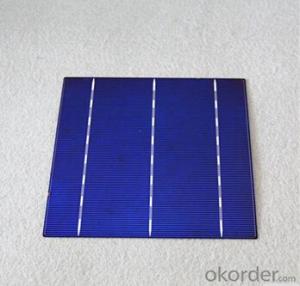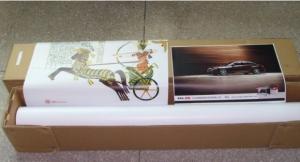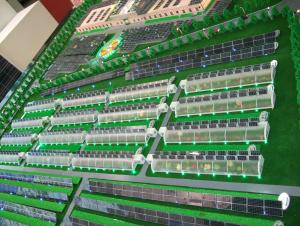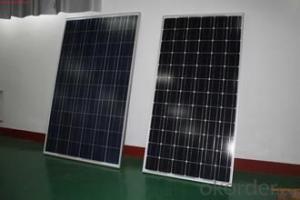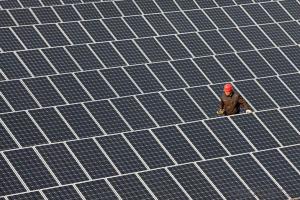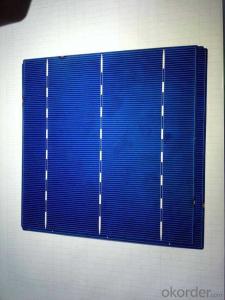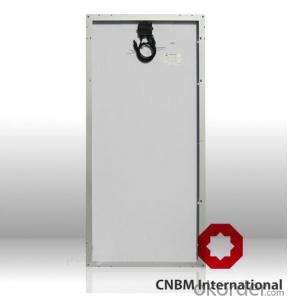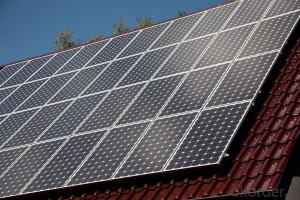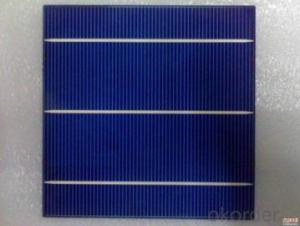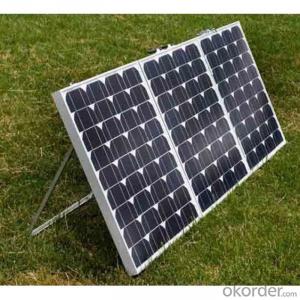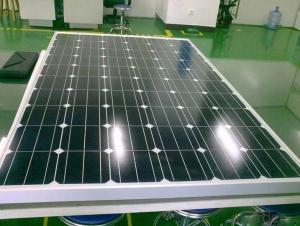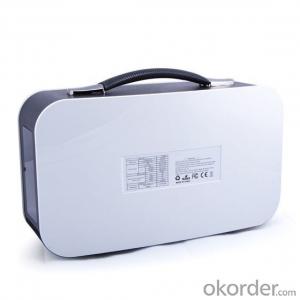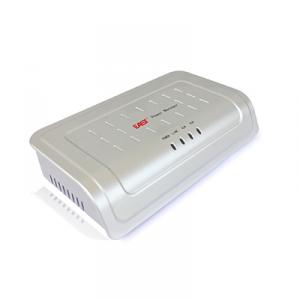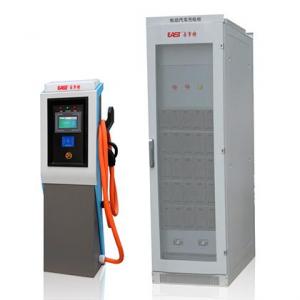Organic Printed Solar Cells
Organic Printed Solar Cells Related Searches
Printed Organic Solar Cells Printable Organic Solar Cells Printed Solar Cells Printable Solar Cells Organic Solar Cells Screen Printed Solar Cells Printed Solar Cells Technology Organic Polymer Solar Cells Buy Organic Solar Cells Screen Printing Solar Cells Printed Solar Cells For Sale 3d Printed Solar Cells Printed Solar Cells Efficiency Printing Solar Cells At Home Plant Based Solar Cells Csiro Printed Solar Cells Flexible Organic Solar Cells Cost Of Organic Solar Cells Chipped Solar Cells High Quality Solar Cells High Output Solar Cells High Performance Solar Cells Custom Solar Cells Affordable Solar Cells Floating Solar Cells Photovoltaic Solar Cells American Made Solar Cells Creating Solar Cells Folding Solar Cells Free Solar CellsOrganic Printed Solar Cells Supplier & Manufacturer from China
Organic Printed Solar Cells are a type of photovoltaic technology that utilizes organic materials to convert sunlight into electricity. These cells are known for their flexibility, lightweight, and potential for low-cost production, making them an attractive option for various applications. They are particularly useful in scenarios where traditional rigid solar panels may not be suitable, such as in wearable electronics, building-integrated photovoltaics, and portable power sources. The unique properties of organic materials allow for the creation of thin, flexible solar cells that can be printed onto various substrates, offering a wide range of design possibilities and integration opportunities.Organic Printed Solar Cells are finding their way into various applications, from powering small electronic devices to providing energy for remote areas without access to the electrical grid. Their adaptability and ease of installation make them a popular choice for both commercial and residential use. As the technology continues to advance, the efficiency and durability of these solar cells are expected to improve, further expanding their potential applications and markets.
As a leading wholesale supplier, Okorder.com offers a comprehensive inventory of Organic Printed Solar Cells to meet the growing demand for this innovative technology. With a focus on quality and customer satisfaction, Okorder.com ensures that their products are reliable and cost-effective, making them an ideal choice for businesses and individuals looking to incorporate organic solar cells into their projects or products.
Hot Products
